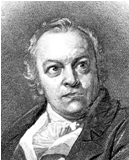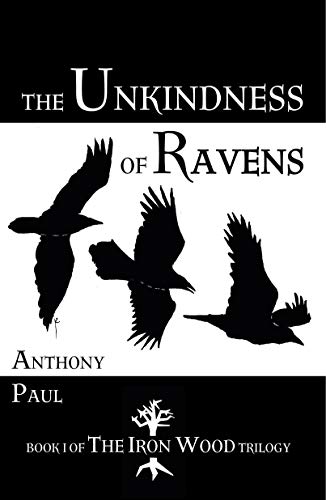Songs of Innocence and Experience by William Blake
Page 2 of 18 - 1 2 3 4 5 6 7 8 9 10 11 12 13 14 15 16 17 18 Purchase full notes for £5.95 (aprox $9.28)
The two ‘Shepherd’ illustrations that Blake produced to open each section of innocence and experience provides some very valuable insights into what Blake actually meant by these two terms. In the innocence depiction, the Shepherd-Poet is relaxed, receptive, open to the inspiration provided by the cherubic figure that floats upon a cloud above him. In the companion poem, Introduction , there can be little doubt that the inspiration he receives is ‘divine’ and absolute in its goodness and worth. In the gaze between Shepherd and cherub there is certainty, joy and security. Man’s role is to yield, to receive, to accept. To be inspired by his imaginative faculties. The experience depiction could not be more distinct: here the Shepherd figure has taken control of the cherub; there is a strong sense of direction and purpose in both; mutuality and submission in the man has been replaced by certainty and control – and it is the man not the angel who controls. Given Blake’s other writings of this period it is possible to interpret this illustration further: it is probable that the ‘Shepherd’ now understands that the ‘angel’ is simply part of his own being (since ‘God only acts and is in existing beings or men,’ The Marriage of Heaven and Hell ), and that, consequently, he has taken control of his intuition and imagination, which will now be judged and interpreted in accordance with reason . It is, after all, in the very nature of the dawn of experience to start asking why and to want clear answers (which, ironically, are mostly denied).
This is key to the whole concept of experience in Blake. It is not necessarily a negative concept, but it is also significant that the Introduction to the Songs of Experience presents a ‘Bard’ who prophesies on behalf of a false god. The concept of a ‘false god’ is not possible to the innocent vision. The Innocent simply believe and, Blake makes clear, intuit a good God in Whom to believe. The nature of this God of innocence is certainly not the imaginative creation of a naïve or simple mind. In fact, Blake’s vision of this God is profound and deeply attractive. Such a God is fundamentally bound by the Incarnation; He is seen, essentially, as the Christ child yielding and receiving, sorrowing in sympathetic suffering for humankind. This idea of solidarity with human suffering is also comprises the innocence view of the crucifixion. This is a God Who follows the sheep, Who does not impose, but Who is always there to repair, to heal and – archetypally – to guide the lost child, which is such a frequent theme of the Songs . The world of innocence is not without its sufferings (cf. The Chimney Sweeper ), but the God of innocence always ensures that those sufferings are healed.
Integral to Blake’s vision of innocence from the very start, however, is a sense of its limitations. This beautiful ‘Divine Image’ could be said to have created the lamb, but what of the tiger?

